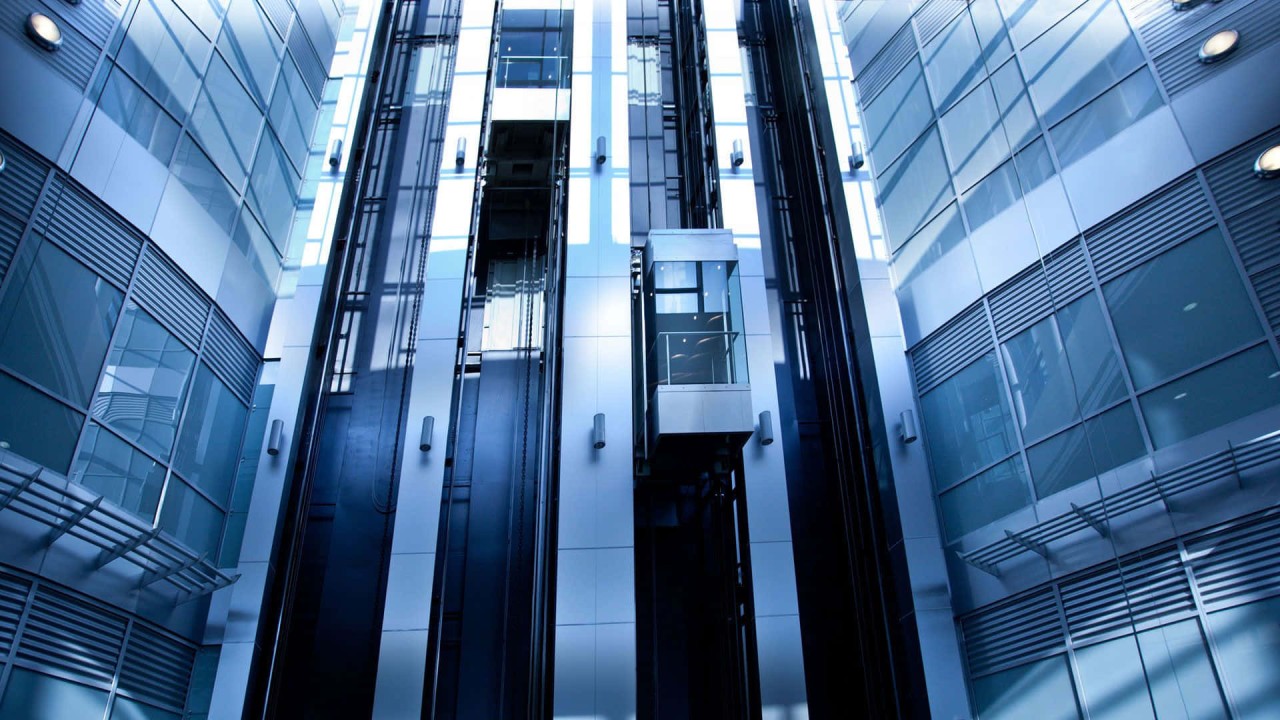Introduction
The idea of Sustainable Elevator Technologies may sound like an oxymoron, but it is a real thing. These technologies ensure that elevators are energy-efficient, eco-friendly, and environmentally safe.
Sustainable elevator technologies work by taking advantage of innovative energy-saving systems and safety features to reduce the environmental impact of elevators, including their greenhouse gas emissions.
These technologies are crucial because elevators are a part of everyday life in modern buildings and consume significant energy. Designed for energy efficiency, sustainable elevators are energy-efficient. The elevators use energy-saving systems that reduce energy consumption, resulting in lower operating costs for building owners. Regenerative drives, destination control systems, and gearless elevators are examples of these energy-saving technologies.
In summary, Sustainable Elevator Technologies is designed to help reduce energy consumption and lower operating costs while minimizing the environmental impact of elevators. They contribute to the overall sustainability of the building and support the building owner’s green mission.
Energy-efficient elevators
Energy-efficient elevators are an essential aspect of sustainable elevator technologies. By using gearless elevators, buildings can significantly reduce energy consumption. These gearless elevators use permanent magnet motors that are efficient and consume less energy. By contrast, regenerative drives use the kinetic energy of the elevator’s descending cabin to generate electricity that other elevators use.
Similarly, destination control systems minimize energy consumption by optimizing the operation of elevators based on the number of passengers and the destinations they want to reach. Building owners can significantly reduce their energy bills and carbon footprint by adopting these technologies.
Elevators powered by renewables
Elevators powered by renewables:
While energy-efficient elevators can help reduce energy consumption, elevators powered by renewable energy take it a step further. These elevators use natural and renewable energy sources, reducing their carbon footprint significantly. One such source of renewable energy is solar power.
Solar elevators use energy from the sun to power their operations, reducing their dependency on electricity and helping save costs in the long run.
Similarly, wind-powered elevators use wind turbines to generate energy, which the elevator uses to run. It may be advantageous in areas that experience substantial wind flow. Another type of renewable energy used to power elevators is hydraulic elevators, which use vegetable oils instead of traditional hydraulic fluids.
As the elevator moves, vegetable oil is pushed into a cylinder to lift the elevator car instead of harmful oils that can damage the environment.
While the initial cost of installing these elevators may be higher than traditional ones, the long-term cost savings and environmental benefits are significant. With the rise of sustainable and green buildings, the demand for elevators powered by renewable energy is growing, and we can expect to see more of these types of elevators in the future.
Smart Elevator Technology
Smart Elevator Technology:
The latest trend in elevator technology is to imbue them with ‘smart’ capabilities, and we are not talking about elevators that speak to you! Instead, these elevators are equipped with upgraded sensors and machine-learning algorithms to make them more efficient. With predictive maintenance, for instance, intelligent elevators can detect when they need upkeep before they become faulty.
This feature eliminates the need for regular maintenance checks and, thus, saves on resources, such as energy and labour. Another intelligent feature is the elevator destination control system. These comprise an algorithm that determines the most optimized route for each passenger, reducing the number of stops and waiting time.
Also, elevator systems powered by Artificial Intelligence are prone to optimizing energy management by selecting the most energy-efficient options at any time. Mobile apps for lift control are another feature that enables users to schedule elevators at certain times of the day.
Imagine a building with many tenants, say a business park. Mobile apps help to set routines tailored to each tenant’s needs and convenience, reducing the waiting time for passengers and allowing the building’s management to optimize the elevator system’s use.
Smart elevators feature the latest technology and have various benefits, such as reducing energy consumption, improving efficiency, and enhancing passenger experience.
With Smart elevators, it’s easier to monitor and manage elevator operations. Though the technology is new, we expect it to dominate in the future due to its several benefits.
Benefits of sustainable elevator technologies
Sustainable elevator technologies come with a bundle of benefits. Reduced energy costs and carbon footprint are the tip of the iceberg. They also provide improved safety features and contribute to increased building value. It’s a win-win for both the environment and building owners.
But is it accessible to all? High initial costs, limited availability of innovative products, and lack of awareness pose challenges. Nevertheless, sustainable elevator technologies’ futuristic and innovative features are worth exploring.
Challenges to Adopting Sustainable Elevator Technologies
Adopting sustainable elevator technologies can have its challenges. High initial costs are a significant barrier, as these technologies can be expensive to install. In addition, the limited availability of innovative products can make it difficult for builders to find sustainable elevator solutions for their buildings.
Finally, a lack of awareness about sustainable elevator technologies among building owners and architects can be a hurdle. Educating the market, incentives offered, and building codes to overcome these challenges is possible. With the benefits of sustainable elevators outweighing the challenges, it’s time to switch to greener choices.
Conclusion
Sustainable elevator technologies are the future of green buildings. These innovative solutions offer multiple benefits, including reduced energy costs, improved safety features, and increased building value. We can expect more exciting developments as technology advances, such as elevators powered by artificial intelligence and solar energy.
We must invest in these sustainable options to reduce our carbon footprint and create a better world for future generations. Let’s prioritize sustainability in our building designs and adopt these cutting-edge technologies as soon as possible.


